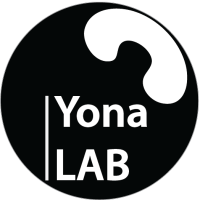Citation:
Abstract:
Aims: Whereas intravenous administration of Toll-like receptor 4 ligand lipopolysaccharide (LPS) to human volunteers is frequently used in clinical pharmacology studies, systemic use of LPS has practical limitations. We aimed to characterize the intradermal LPS response in healthy volunteers, and as such qualify the method as local inflammation model for clinical pharmacology studies.
Methods: Eighteen healthy male volunteers received 2 or 4 intradermal 5 ng LPS injections and 1 saline injection on the forearms. The LPS response was evaluated by noninvasive (perfusion, skin temperature and erythema) and invasive assessments (cellular and cytokine responses) in skin biopsy and blister exudate.
Results: LPS elicited a visible response and returned to baseline at 48 hours. Erythema, perfusion and temperature were statistically significant (P < .0001) over a 24-hour time course compared to saline. The protein response was dominated by an acute interleukin (IL)-6, IL-8 and tumour necrosis factor response followed by IL-1β, IL-10 and interferon-γ. The cellular response consisted of an acute neutrophil influx followed by different monocyte subsets and dendritic cells.
Discussion: Intradermal LPS administration in humans causes an acute, localized and transient inflammatory reaction that is well-tolerated by healthy volunteers. This may be a valuable inflammation model for evaluating the pharmacological activity of anti-inflammatory investigational compounds in proof of pharmacology studies.


